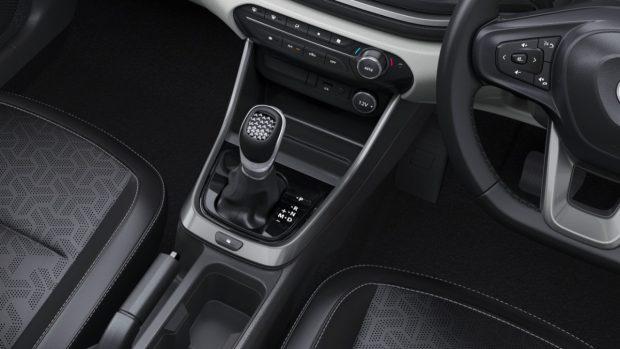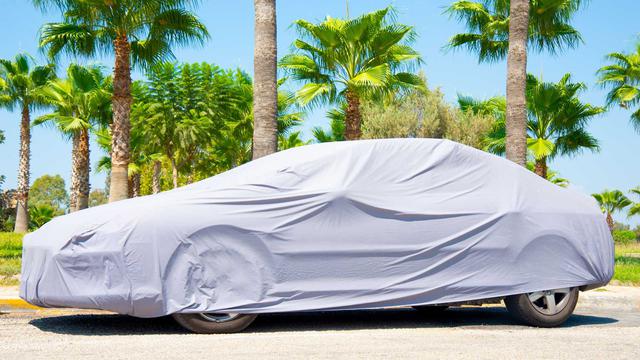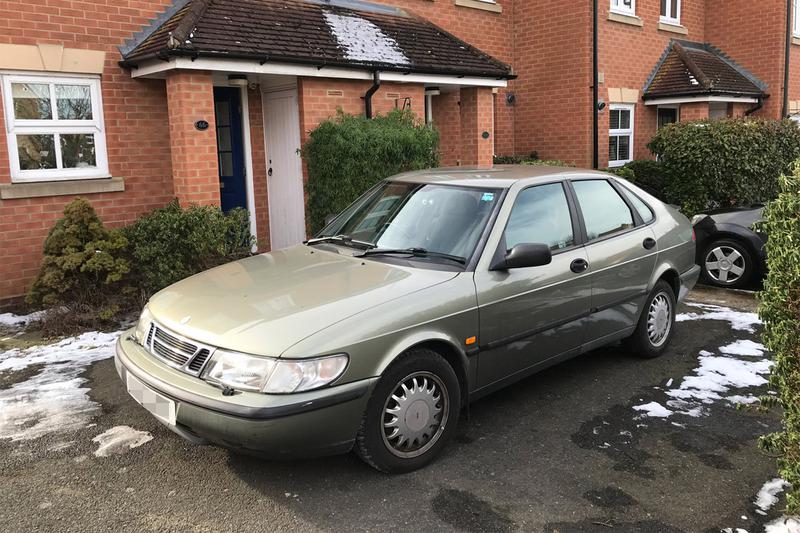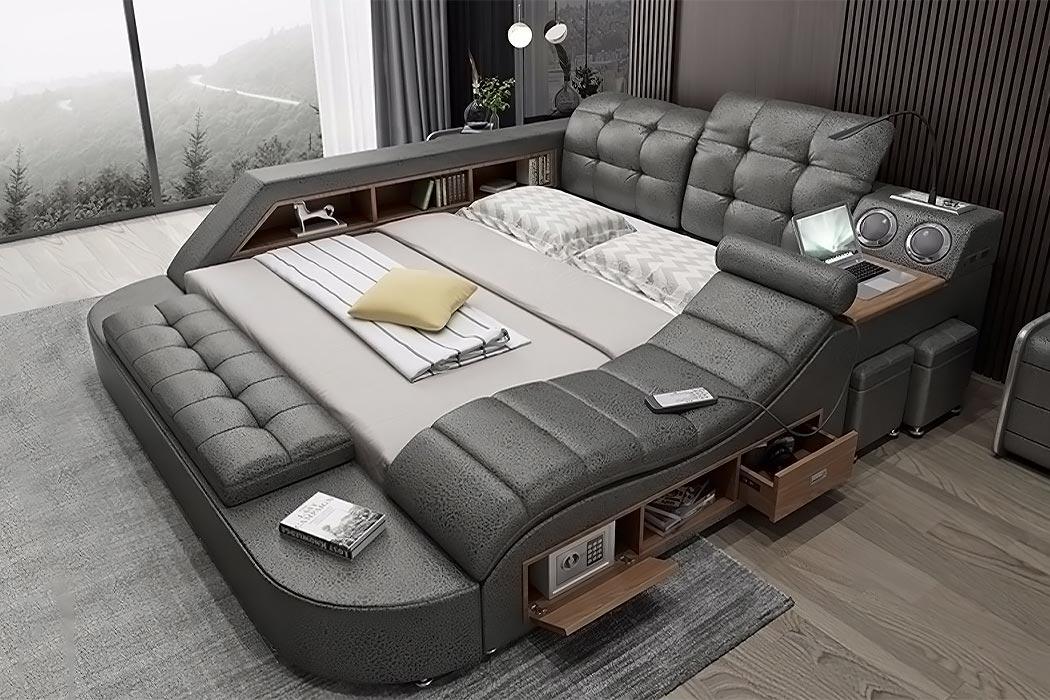Tata Motors has consciously decided to opt for a dual-clutch transmission. This technology as compared to other traditional gearboxes like the torque converter is more expensive. So, what was the thought process behind it? Also, is this transmission a Tata Motors in-house built gearbox or is outsourced?
The Dual Clutch Automatic (DCA) gearbox is an outsourced one. The complete unit comes from outside and then we assemble it in-house. In terms of technology cost, when compared to the torque converter, it is expensive, but then it depends on what type of former gearbox we are talking about. Compared to a six-speed torque converter the DCA may not be that expensive, but when it comes to a nine-speed torque converter then this is a lot cheaper and compared to a four-speed torque converter this is expensive. Each has its characteristics like refinement, driving pleasure, the gear shift, which is a choice one has to make.
We usually see dual-clutch transmissions mated to performance-oriented engines, so why not offer this gearbox with the 1.2-litre iTurbo?
Firstly, in our Altroz range, around 85% of the sales come from the naturally aspirated (NA) engine. So, we chose by opting for the NA engine and hopefully, this will be the choice of many more people who have already chosen the NA engine and with the DCA, they will experience an extremely refined drive.
With the diesel market shrinking in the premium hatchback segment and with many manufacturers now only sticking to petrol engines, do you think it makes any sense to introduce an automatic Altroz diesel?

We are still working on it. Right now, for us, it makes more sense to introduce this transmission with the NA engine, but we will keep our options open.
Dual Clutch automatic transmission isn’t the first in the segment, but the Altroz gearbox comes with segment-first features. How is it different from the competition’s transmission and how do these new features aid the transmission in practical terms?
Starting with the architecture itself, we are using much fewer moving parts. This means lesser friction all around, lesser things to go wrong and much less expectation of a breakdown. We have used dual-clutch but we have separated the placement in such a way that the heat dissipation is good. With active cooling of the dual-clutches, when the wet clutches get hot they receive more oil in that area to reduce the heat. We have Shift by Wire technology which negates any mechanical linkages and cables so anything you do with the shifter is directly transmitted to the gearbox and the transmission so that there is no time lag. It also comes with a Machine Learning algorithm that learns and responds accordingly to the environment, driving style, and traffic condition. Keeping safety in mind there is the Auto Park Lock assist, which automatically goes into park mode when the engine and pedals are not active and the seatbelts aren’t used. This ensures that the car doesn’t accidentally roll back or forth. The transmission also comes with self-cleaning technology or the Self-Healing Mechanism to ensure that the valves don’t get clogged due to the dust particles. If the system senses that a valve is getting affected then it starts vibrating and then dislodges the particles.
Tata Motors is the number one SUV company in the country but when it comes to the hatchback segment, it is something of a holy grail for the company. Do you see the automatic transmission improving Altroz’s sales numbers?
We believe the DCA will make the Altroz a popular choice among consumers. This will help grow our market share in this segment.
In terms of percentage, what is the manual and automatic transmission split up in the premium hatchback segment?
In this segment, in the last one to two years we have seen the automatics grow from 22% to around 37%. We feel this is a trend that will not reverse itself. If anything, it will grow further. Automatics are becoming quite popular in India.




